As Canadians, we have a reputation for being quiet. But our past is anything but. Our history includes tales of ice ships & lost satellites, as well as an official UFO sighting. Here are ten wild but true stories from Canada’s past that you may never have heard about. Which of these do you think is the most incredible?
Ice ship experiments on an Alberta lake

Engineers in Jasper came up with a strange plan in WWII. They decided to freeze sawdust & water to form a boat hull. The experiment was designed to make an aircraft carrier out of ice, and troops would use the ship against German U-boats. Literally, it was a boat made of ice. It’s not something you see every day.
It was known as Project Habbakuk and, surprisingly enough, the boat floated. At least, for a short while. It was too expensive to maintain the boat, and the invention of longer-range aircraft & escort carriers meant the boat was no longer needed.
A glowing object splashed down off Nova Scotia
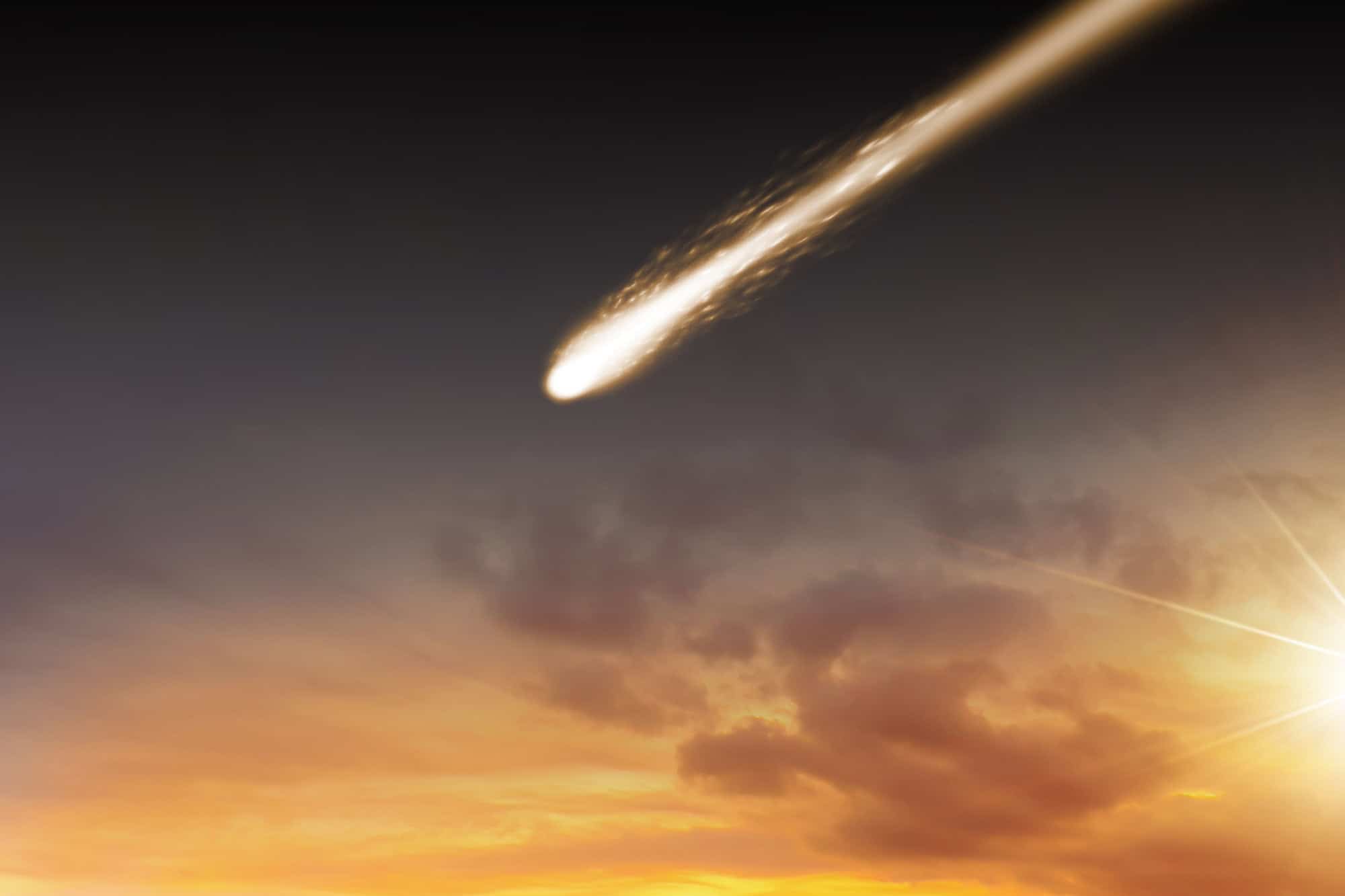
People in Shag Harbour witnessed a strange sight in 1967. They saw a huge, orange-white object crash straight into the Atlantic Ocean. What could it be? Nobody knows.
The Royal Canadian Mounted Police (RCMP) showed up at the site, believing it was a plane crash, but they never found any wreckage. The Navy also tried to find the object. Officially, it’s logged as an “unidentified flying object” to this day.
Pristine meteorites fell onto Tagish Lake ice
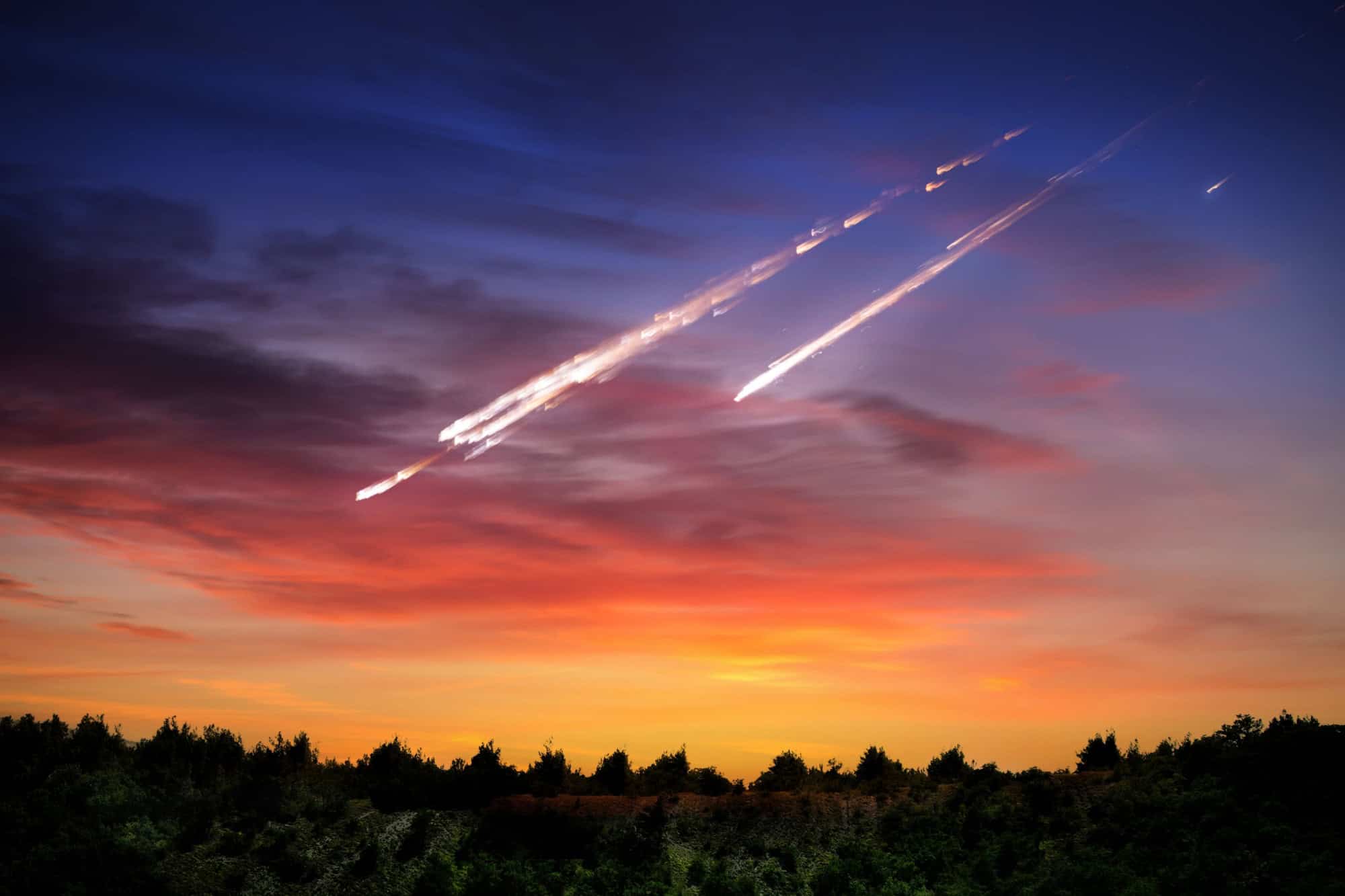
That’s not all for strange things from space. In 2000, locals in the Yukon & northern B.C. saw a bright fireball flying across the sky. But it wasn’t a UFO. It was chunks of space rock that ended up scattering across Tagish Lake. Some residents managed to collect a few pieces before the snow swallowed them up.
These weren’t your regular meteorites, though. The rocks were some of the earliest things ever made in our solar system, dating back 4.55 billion years. They were formed at the same time as our solar system. The fact that the rocks landed on a frozen lake meant that they were completely untouched. Scientists could use them as a time capsule, of sorts, to study the early universe.
The Mad Trapper manhunt over the Arctic
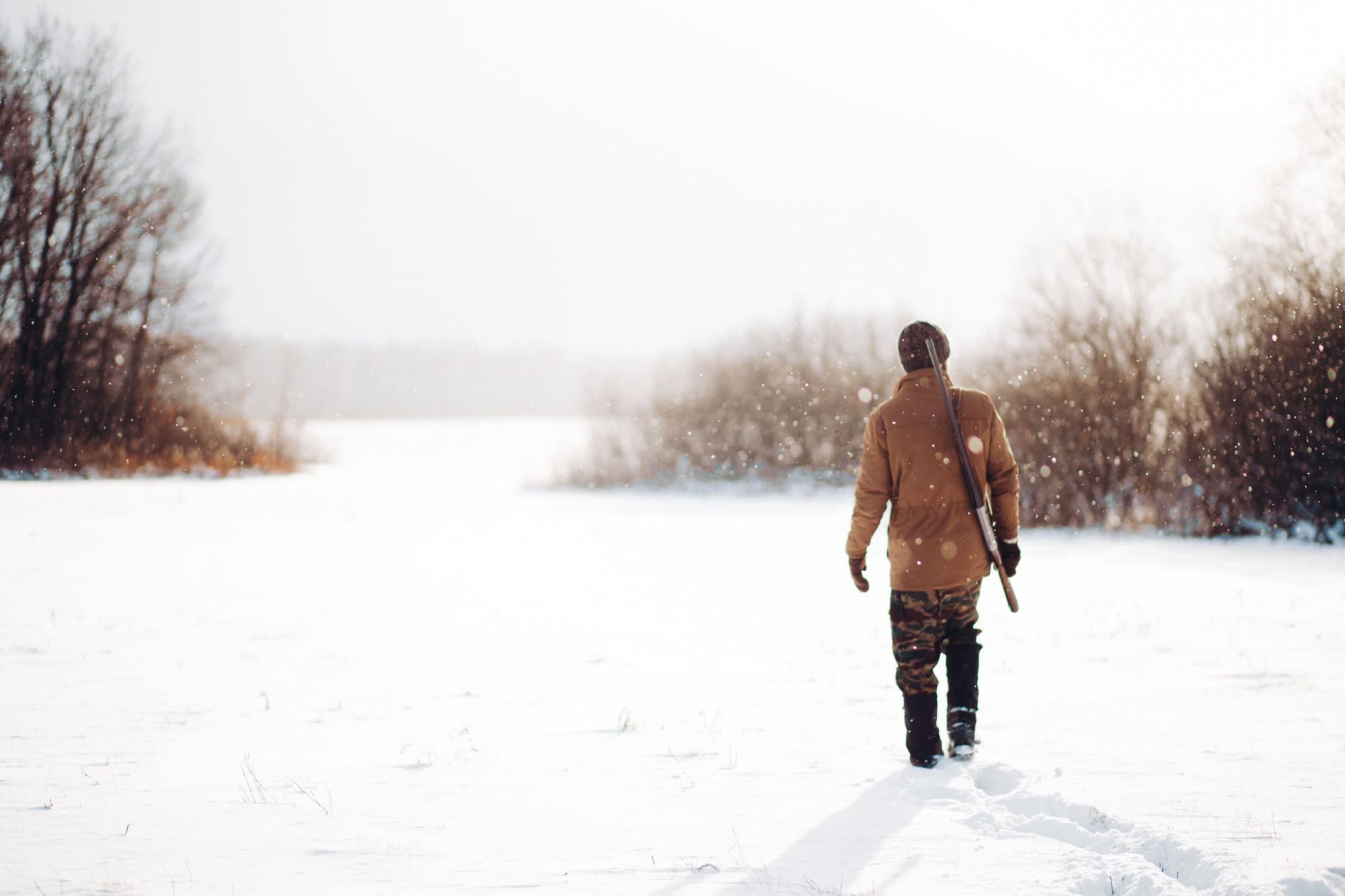
Albert Johnson was a man who killed an RCMP officer and then fled. The RCMP chased him across frozen mountains for weeks. They used planes & dogs to catch him, and eventually, they did, leading to a tense shootout where Johnson was killed.
However, it turns out that his identity was fake. He’s known as the “Mad Trapper” in folklore, but there are no clues as to who this man really was.
Kids’ chocolate bar strike spread nationwide

Kids aren’t usually the protesting type. Unless, apparently, there’s chocolate involved. In spring 1947, children across Canada refused to buy chocolate bars due to the increase in price from five to eight cents.
They even had marches on Vancouver Island & in Quebec. Allegations that the protestors were linked to communist parties soon shut down the protests.
The great maple syrup heist

In 2012, Quebec’s syrup reserve discovered that they were missing barrels. Thousands of barrels, in fact. Thieves had been siphoning syrup & replacing it with water, and the haul was valued at around $18 million. It’s only in Canada that something like maple syrup theft could’ve actually happened.
A nuclear satellite scattered debris in the North

The year was 1978. It was the height of the Cold War. And in this year, a Soviet satellite named Cosmos 954 completely broke apart over the Northwest Territories. Locals saw it happen. They witnessed glowing trails in the sky, and the government quickly launched a mission to recover the debris.
They found chunks of radioactive material. Thankfully, they managed to clean it all up, and the event became Canada’s strangest cleanup job.
Newfoundland families floated their houses across bays
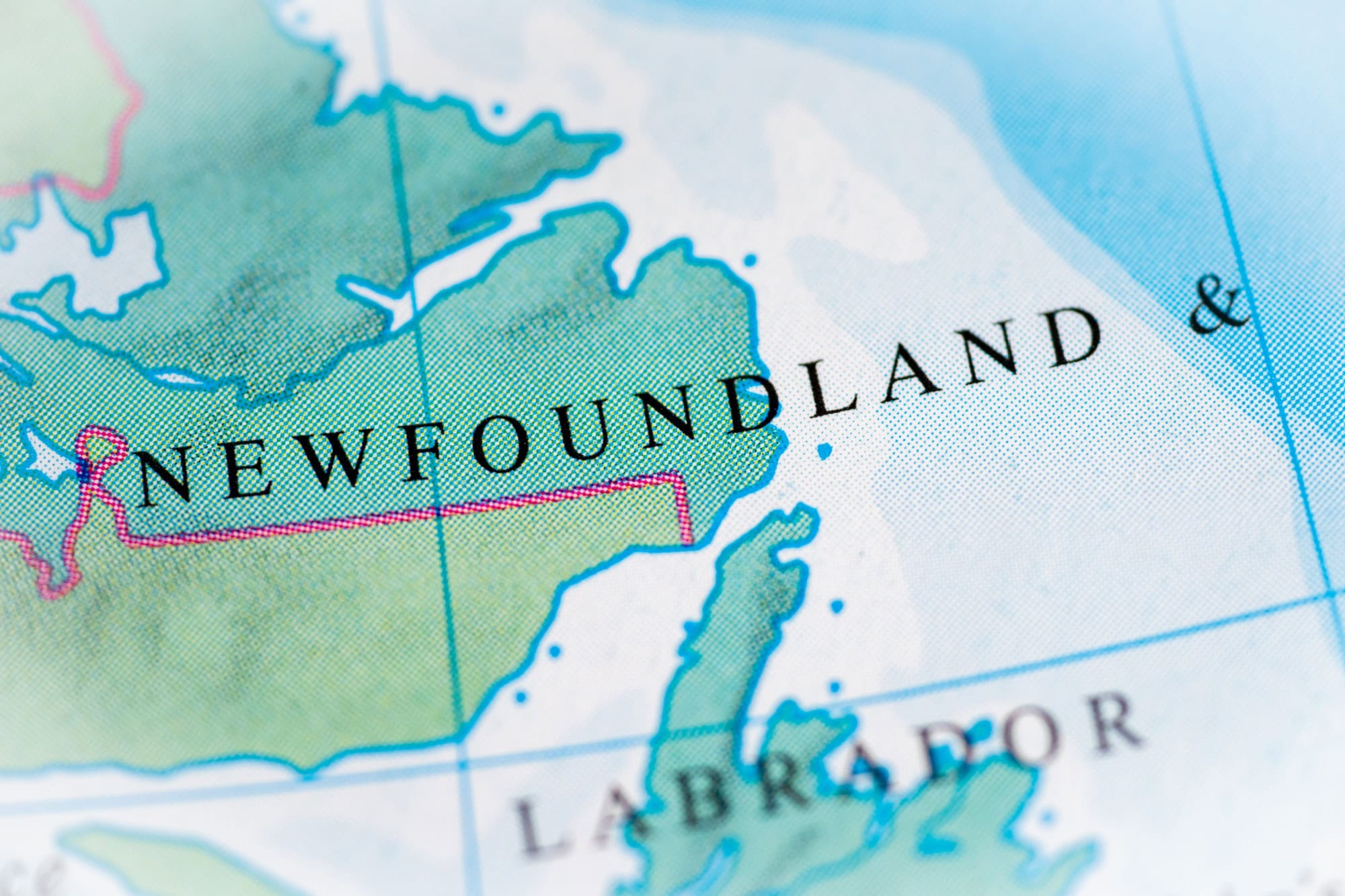
The local Newfoundland government encouraged outport resettlement in the mid-1900s. Essentially, the government recommended that people move from the rural areas to more populated, urban places. However, the issue was that many of these rural places didn’t have good road connections. There was no way to move the houses.
Or was there? Some families decided to move their homes by water, strapping them onto rafts & waiting for calm seas to tow their homes across the bays. Approximately 3,200 Canadian homes floated across the bays between 1965 and 1970.
A lost U.S. nuclear bomber went down in B.C.

In 1950, a U.S. Air Force B-36 nuclear bomber left Alaska on a training flight. It was carrying a Mark 4 bomb. However, the plane’s engines iced up while it was over northern British Columbia, so the crew had to bail out. The plane crashed into a mountainside.
Thankfully, the bomb’s nuclear core wasn’t on board, so the damage was minimal. But it could’ve been so much worse.
A solar storm shut down Quebec’s grid in minutes
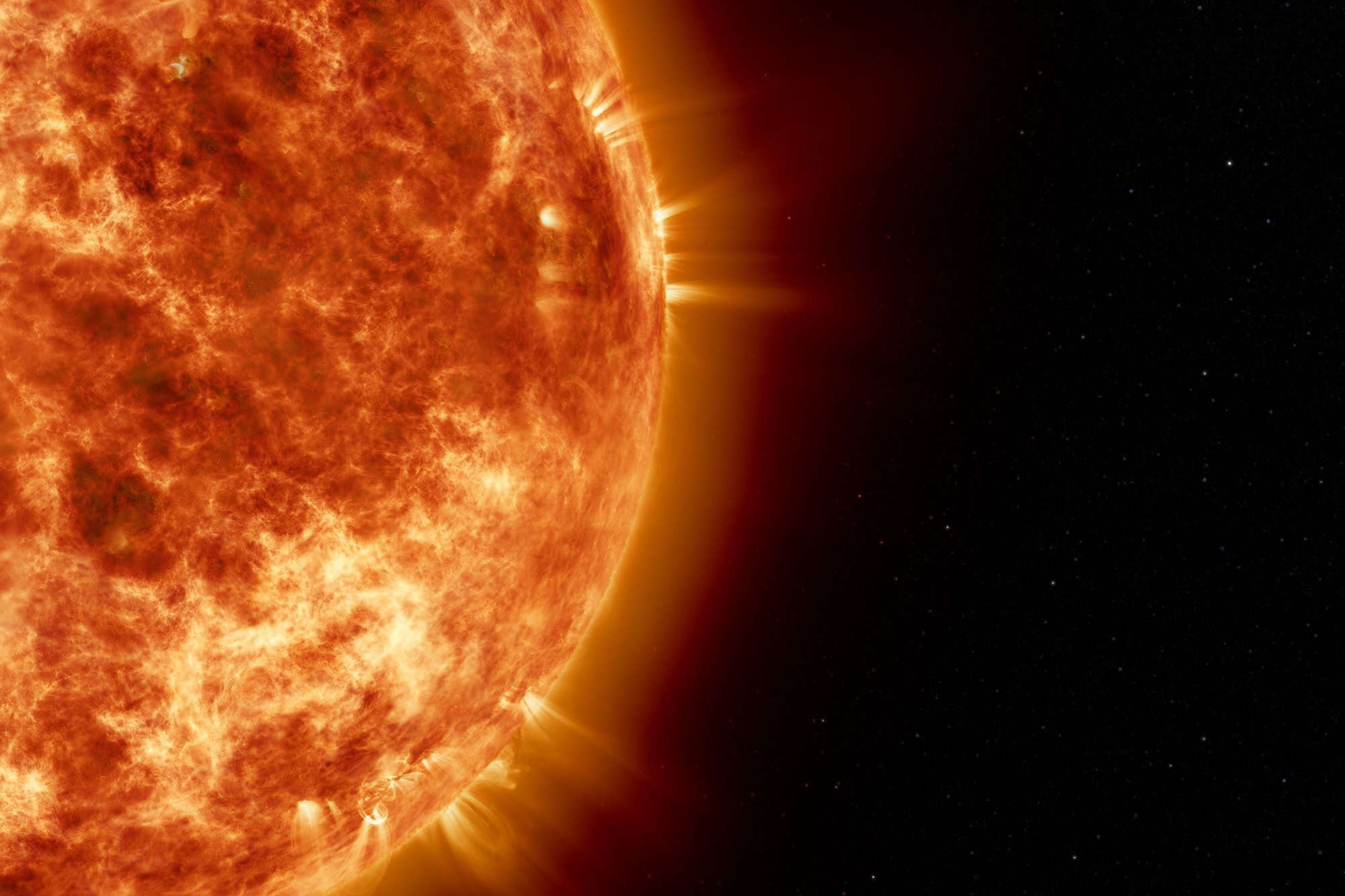
There was a time when Quebec went dark, literally. In March 1989, a huge solar storm hit Earth & overloaded the power grid in 90 seconds. Quebec’s entire power grid went down, leaving six million people without power.
Engineers had to work overnight to get everything back online. They managed to get things running again after nine hours.
Sources: Please see here for a complete listing of all sources that were consulted in the preparation of this article.
Related Stories:
